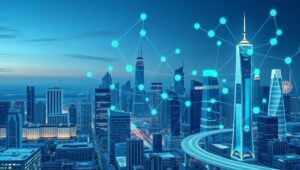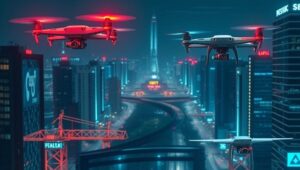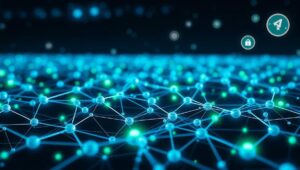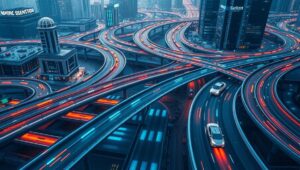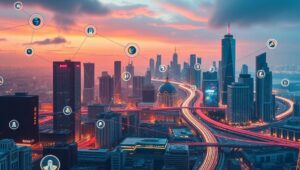May 20, 2025
The Citizen’s Role in the IoT Smart City (Data Privacy Concerns 2025)
The Citizen’s Role in the IoT Smart City: Data Privacy Concerns in 2025 The Internet of Things (IoT) is rapidly transforming urban environments into interconnected “smart cities.” By 2025, this transformation will be even more pervasive, impacting nearly every aspect of daily life. While smart cities promise increased efficiency, sustainability, and convenience, they also raise significant data privacy concerns for citizens. Understanding and actively engaging with these concerns is crucial for ensuring that smart cities are built on a foundation of trust and respect for individual rights. What is a Smart City? A smart city leverages IoT devices, sensors, and
